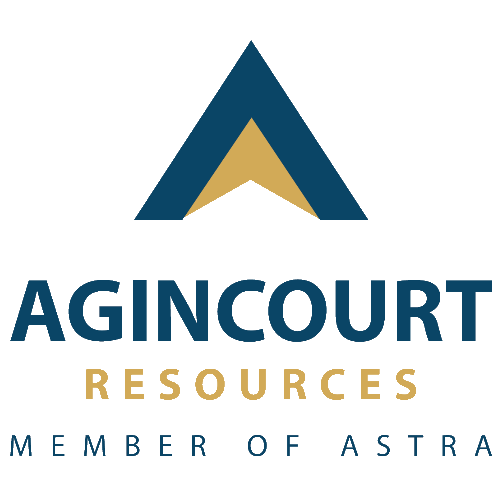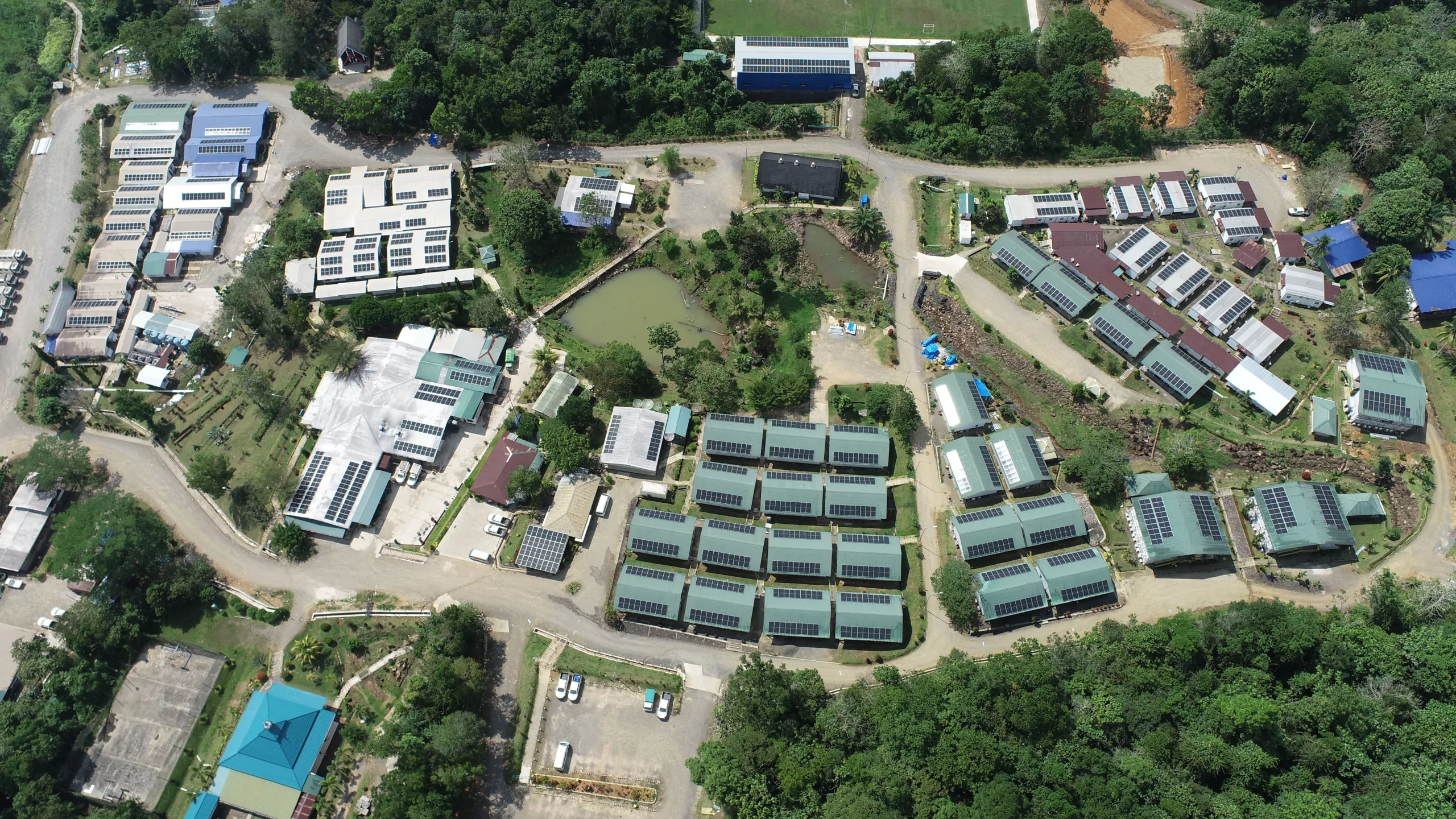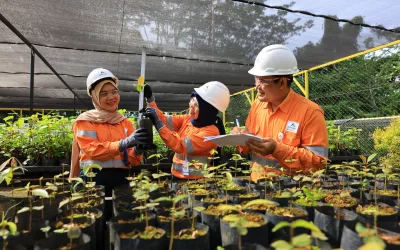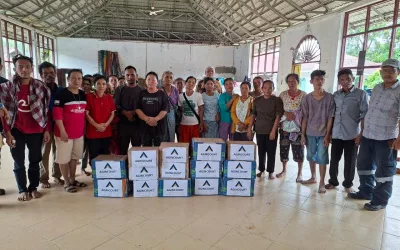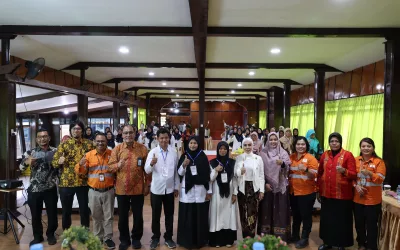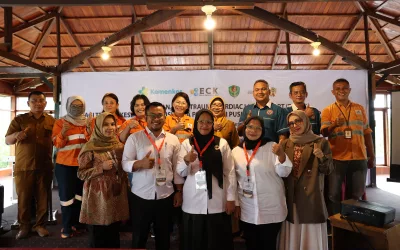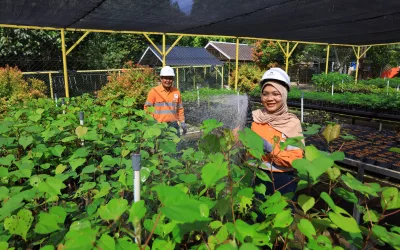Renewable energy is a concept that is increasingly gaining attention, especially amidst the pressing issue of climate change. But what exactly is renewable energy? In simple terms, it refers to energy derived from natural resources that are replenished or regenerated naturally within a relatively short period.
Unlike fossil fuels such as oil or coal, which are finite and take millions of years to form, renewable energy sources are abundant and not depleted over time. This makes them a key driver for global sustainability and the future of our planet. Why? Because renewable energy produces clean power, generates minimal pollution, and reduces our reliance on fossil fuels—which are increasingly scarce and harmful to the environment.
According to a journal published by the International Renewable Energy Agency (IRENA), an international organization dedicated to renewable energy, the main types of renewable energy include:
- Solar Energy: Derived directly from sunlight, solar power is one of the most accessible and widely used renewable sources.
- Wind Energy: Generated from moving air or wind currents, often harnessed by large wind turbines.
- Biomass (Bioenergy): Obtained from organic materials such as plants or agricultural waste—for example, using sugarcane waste to produce electricity.
- Hydropower: Produced from flowing water, typically via rivers or dams, where the water current turns turbines to generate electricity.
- Geothermal Energy: Utilizes heat from within the Earth, which can be converted into electricity.
Read Also : Agincourt Resources Optimizes Energy Utilization with ISO 50001
Agincourt Resources has implemented several renewable energy initiatives as part of its operations, demonstrating a strong commitment to reducing environmental impact. These initiatives include:
1. Solar Power Generation: Harnessing Sunlight for Clean Energy
Agincourt Resources has installed a 2.1 Megawatt Peak (MWp) rooftop solar panel system. This figure represents the maximum capacity of electricity the system can generate under optimal conditions. The solar PV system is integrated into the grid (on-grid) and spans across highland, lowland, and Camp Pelangi areas.
This solar panel installation offers multiple benefits:
- Reduced dependence on fossil fuels: By utilizing sunlight as the primary energy source, Agincourt Resources decreases its reliance on volatile fossil fuel markets.
- Lower carbon dioxide (CO₂) emissions: Solar panels generate electricity without releasing harmful pollutants or waste, significantly reducing greenhouse gas emissions. In addition, the solar PV system contributes to long-term cost savings since sunlight is a free and abundant natural resource.
2. Investing in Clean Energy through Renewable Energy Certificates (RECs)
Beyond self-generating renewable energy, Agincourt Resources collaborates with PT PLN (Persero) to purchase Renewable Energy Certificates (RECs). These certificates serve as official proof that a specified amount of renewable energy has been produced and supplied to the power grid. Issued by authorized institutions such as PLN, RECs confirm that part of the company’s electricity consumption originates from renewable sources like solar, wind, biomass, or hydropower.
In 2024, Agincourt Resources acquired 275,000 MWh (Megawatt-hours) worth of RECs from PT PLN (Persero), representing an investment of IDR 10.7 billion. By utilizing 63,200 MWh of RECs during the same year, the company achieved a reduction equivalent to 59,408 tons of CO₂e (carbon dioxide equivalent), marking a significant step toward carbon footprint reduction.
Furthermore, Agincourt Resources is currently conducting feasibility studies and pilot testing for a floating solar PV system, anticipated to be completed in 2025. This initiative underscores the company’s continuous innovation in clean energy utilization.
Read Also : The Use of Renewable Energy in Modern Mining
3. Transitioning to Biofuel for More Environmentally Friendly Operations
Since 2023, Agincourt Resources has taken progressive action by replacing conventional diesel with B35 biofuel—a blend of 35% biodiesel and 65% petroleum diesel—for heavy equipment and support vehicles at the Martabe Gold Mine.
This move is part of the company’s broader effort to cut carbon emissions. In 2024, Agincourt Resources advanced its clean fuel commitment by transitioning to B40 biofuel, which consists of 40% biodiesel and 60% diesel. The B40 implementation brings significant benefits:
- Reduction in greenhouse gas emissions: Biodiesel has a lower carbon content than fossil-based diesel, thereby reducing environmental impact.
- Decreased dependence on fossil fuels: Using biofuel helps mitigate risks associated with fluctuating global oil prices.
- Support for government policy: This initiative aligns with the Indonesian government’s commitment to accelerating the adoption of renewable energy.
Through these initiatives, Agincourt Resources not only reaffirms its environmental commitment but also serves as a tangible example of how corporations can actively contribute to a greener and more sustainable future.
